Rootmetrics Names EE Best for UK 5G Mobile Reach and Speeds UPDATE
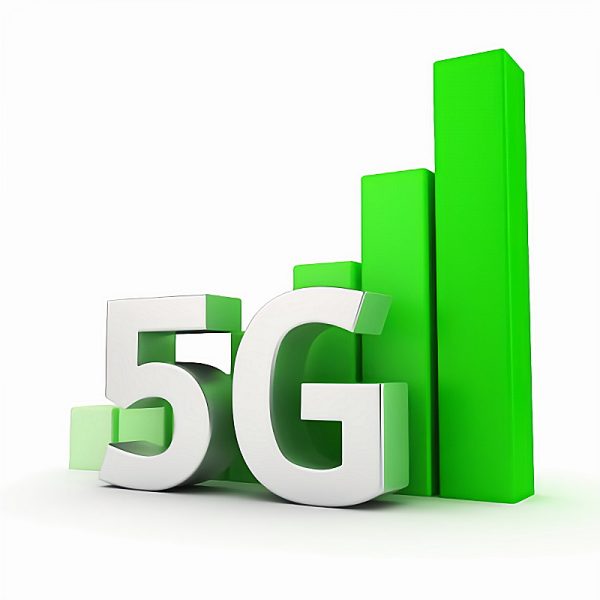
Mobile benchmarking firm RootMetrics will today publish a new biannual H1 2021 report into the performance of 5G (mobile broadband) networks in the United Kingdom, which praises EE (BT) for their “consistent broad availability … fast speeds and reliability.”
At the time of writing, we haven’t yet been given access to the report, and so can’t give the aforementioned claims the full context. But Rootmetrics usually conducts their studies by using 5G Smartphones (e.g. Samsung), which are purchased off the shelf from operator stores. The testing itself is then conducted during both the day and night across 16 of the UK’s biggest cities, while walking and driving around them.
According to EE, they’ve been named as the only operator to record 5G availability above 55% in any city, doing so in five of those tested – Birmingham, Cardiff, Leicester, Manchester, and Nottingham. EE’s so-called “Everyday 5G” availability also increased in 13 cities compared with earlier testing in 2021, recording the highest availability in 14 out of the 16 cites.
Advertisement
Map of EE’s 5G Speeds and Coverage Across 16 UK Cities
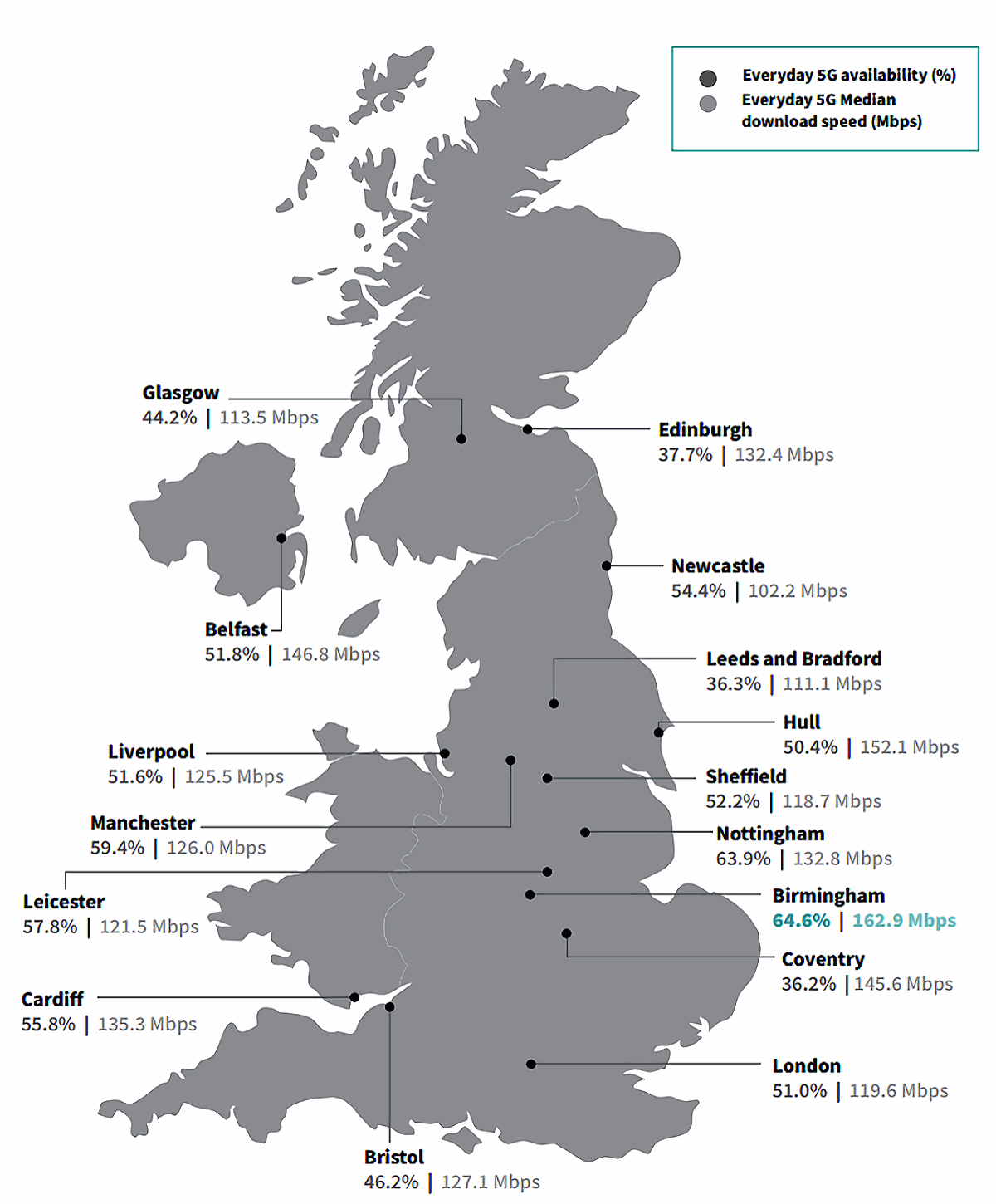
The achievements follow EE’s announcement last month on their ambition to extend 5G to cover half of the UK population by early 2023, and to then offer 5G connectivity “anywhere in the UK” – albeit “on demand” – by 2028 (here).
However, the news also comes only a couple of days after Ookla reported (here) that Three UK were the ones delivering the fastest download speeds on 5G (231Mbps), which is based on a much larger sample size. On the other hand, web-based testing via Speedtest.net is considerably more variable in nature. On the flip side, an April 2021 report from Opensignal also found EE to be the fastest for 5G (here).
Advertisement
We’ll update this article later this morning, once we’ve seen the full report, with results from all the operators. But we should point out that Mobile Broadband speeds remain incredibly difficult to pin down due to the highly variable nature of the technology. Users of such services are always moving through different areas (indoor, outdoor, underground etc.), using different devices with different capabilities and the surrounding environment (weather, trees, buildings etc.) is ever changeable.
On top of that, different operators may have different levels of coverage, technologies, backhaul capacity for cell sites and spectrum bands. All of this can impact the service you receive and will vary from location to location. The latest report from RootMetrics also leaves out any mention of 5G latency and upload speeds, although those two areas may be waiting for Standalone 5G (SA) technology to arrive for maximum benefit.
The data is also too recent to reflect any impact from the completion of Ofcom’s latest 5G spectrum auction (here), which saw the regulator sell chunks of the 700MHz and 3.6-3.8GHz bands off to various different operators. Given time, these should help to boost network speeds and coverage.
UPDATE 7:35am
Advertisement
As promised, here are the ‘Everyday 5G’ results for download speeds and availability (%) across the 16 cities for Three UK, Vodafone and O2 – if a city isn’t listed then a 5G network wasn’t found to be present during testing. We’ve also included Rootmetrics individual operator summaries, to help put these figures into some context.
Rootmetrics Summary by Operator
EE (BT)
EE’s results were excellent in every city we tested. In fact, what separated EE’s performance from those of the other operators was its consistently broad availability plus fast speeds and great reliability. Indeed, with the top combination of widespread availability plus strong performance, EE delivered the Best 5G experience of any network in 1H 2021.
EE certainly didn’t rest on its laurels in 2021. EE’s Everyday 5G availability increased in 13 cities since 2H 2020, and the operator recorded the highest availability in 14 out of 16 cites. Likewise, EE’s Everyday 5G median download speeds improved in 14 cities since 2H 2020, and EE clocked the fastest speed in 6 cities. EE was also one of two operators whose Everyday 5G median download speeds topped 100 Mbps in every city. Even better news is that EE users could see even stronger performance once EE integrates the new spectrum it acquired at auction.
O2 (VMO2)
Good news for Virgin Media O2 users: the operator’s 5G is expanding and getting faster. Virgin Media O2 delivered the fastest Everyday 5G median download speed in 9 out of 16 cities, while clocking three of the five fastest speeds we recorded in 1H 2021. In addition, Virgin Media O2’s Everyday 5G median download speeds improved in 13 out of 16 cities since 2H 2020, and the operator clocked speeds above 100 Mbps in every city.
Virgin Media O2’s Everyday 5G availability improved in 15 cities since 2H 2020. However, the operator recorded the lowest Everyday 5G availability in eight cities (the most of any network), with its high of 34.3% recorded in Belfast. For context, EE’s lowest Everyday 5G availability was 36.3%. Virgin Media O2 has clearly shown good progress, though, and if it can boost its availability thanks to the spectrum it invested in at auction, end users could see a nice combination of strong availability plus fast speeds in the near future.
While Vodafone was the only operator that didn’t record 5G results in each of the 16 cities we tested, its Everyday 5G availability improved in all 13 cities where it did offer 5G, and its speeds increased in 11 of those cities. Vodafone’s 5G speeds were strong across the board, and users in Glasgow should be particularly pleased: its Everyday 5G median download speed of 192.2 Mbps was the fastest speed we recorded in 1H 2021. With Everyday 5G median download speeds of at least 100 Mbps in 12 of Vodafone’s 13 cities with 5G, users should enjoy quick access to content in every city we tested.
Vodafone’s 5G availability was a bit of a mixed bag. On one hand, its Everyday 5G availability was over 40% in far fewer cities than EE. On the other hand, its availability showed improvement since 2H 2020, and no operator offered more Everyday 5G availability than Vodafone in Bristol or Liverpool (in Liverpool, Vodafone and EE tied for offering the highest availability). As with the other operators, Vodafone’s investment in additional spectrum at auction could pay off for users in the form of better performance in general. Vodafone is also using DSS and spectrum refarming strategies to expand its 5G.
Three UK
Three users should see stronger 5G performance in 1H 2021 than they did in 2H 2020. The operator recorded higher Everyday 5G availability in 15 out of 16 cities in 1H 2021, with faster Everyday 5G median download speeds in 10 cities. While Three’s 5G speeds were much, much faster than those on 4G LTE, the operator recorded the slowest Everyday 5G median download speed in 14 cities. Three’s Everyday 5G availability, meanwhile, trailed that of EE but was competitive with what we recorded for Virgin Media O2 and Vodafone.
Overall, Three is clearly making good progress. Considering that Three has the most midband spectrum of any operator—and it added low-band spectrum to its repertoire at auction—Three is in a strong position to provide its users with faster speeds and broader availability going forward.
Everyday 5G Results Across 16 UK Cities
O2 (VMO2)
Glasgow
11.9% | 179.3 MbpsEdinburgh
30.2% | 163.3 MbpsBelfast
34.3% | 136.6 MbpsNewcastle
30.3% | 127.4 MbpsLeeds and Bradford
26.2% | 138.9 MbpsLiverpool
28.1% | 135.9 MbpsHull
29.2% | 120.0 MbpsManchester
20.0% | 151.5 MbpsSheffield
19.9% | 129.4 MbpsNottingham
17.1% | 118.8 MbpsLeicester
26.4% | 153.4 MbpsBirmingham
18.4% | 163.7 MbpsCardiff
24.6% | 115.7 MbpsCoventry
20.7% | 124.3 MbpsLondon
15.7% | 154.9 MbpsBristol
28.5% | 106.2 MbpsVodafone
Glasgow
29.5% | 192.2 MbpsEdinburgh
20.1% | 120.0 MbpsBelfast
27.0% | 112.6 MbpsNewcastle
24.4% | 100.0 MbpsLiverpool
51.5% | 125.4 MbpsManchester
38.6% | 140.3MbpsBirmingham
33.0% | 143.8 MbpsSheffield
12.1% | 110.2 MbpsLeeds and Bradford
17.8% | 102.0 MbpsHull
21.8% | 81.2 MbpsLondon
27.6% | 121.9 MbpsBristol
48.4% | 122.4 MbpsCardiff
44.2% | 140.2 MbpsThree UK
Glasgow
27.7% | 92.2 MbpsEdinburgh
18.0% | 74.4 MbpsNewcastle
16.0% | 97.3 MbpsBelfast
6.4% | 127.1 MbpsLiverpool
34.2% | 114.9 MbpsManchester
39.0% | 104.6 MbpsLeicester
33.0% | 100.5 MbpsBirmingham
47.3% | 103.6 MbpsNottingham
36.0% | 76.9 MbpsSheffield
33.2% | 91.9 MbpsLeeds and Bradford
38.0% | 85.8 MbpsHull
51.1% | 94.6 MbpsCoventry
28.3% | 119.0 MbpsLondon
33.6% | 99.9 MbpsBristol
16.3% | 73.2 MbpsCardiff
23.6% | 87.6 Mbps
Mark is a professional technology writer, IT consultant and computer engineer from Dorset (England), he also founded ISPreview in 1999 and enjoys analysing the latest telecoms and broadband developments. Find me on X (Twitter), Mastodon, Facebook, BlueSky, Threads.net and Linkedin.
« Ookla Data Reveals Starlink’s UK Satellite Broadband Speeds






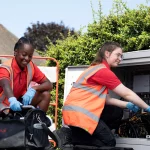

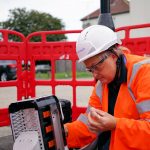
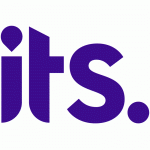


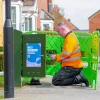

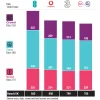








































How much are these speeds impacted by distance to the transmitters ? 5G has a reletively short range so are the people on the fringes of coverage dragging averages down by a significant amount or does the signal degrade sharply as you near the limits of coverage from a high transfer speed to nothing.
Wondering if the averages are going to increase as cell overlap improves
Pinch of salt. EE probably pays Rootmetrics to do a survey, like Three probably pays Ookla and they both get the results they want. WHO’D HAVE THUNK IT!
Like everything to do with all “pretend 5G”, both the speeds & coverage they’ll deliver, it’s all spin “smoke and mirrors” PR marketing and nothing more.
Ookla didn’t get paid by Three for this specific survey, these results were generally published for multiple operators/countries and based on the Speedtest.net data set. What makes the main difference in performance between studies is the differing testing methodologies.
EE pays Rootmetrics to do a drive test, along a route selected and optimsed by EE and EE are the best. Surprise, Surprise…….. Having read the “Rootmetrics Fairytale”, it’s a pile of manure. There’s no route map. They use ambiguous fluffy words, with no methodology described. “Everyday 5G”….what the hell is that? Take it all with the largest pinch of salt you can find, because it’s not accurate in any way, shape or form.
Interesting , from my excellent EE has overall best coverage with Vodafone having overall beat 3G coverage and usable 4g800 coverage where 2100 isn’t available (usually o2 share sites) can’t comment on o2 as I haven’t used o2 (I have giffgaff but it’s traffic shaped heavy sp can’t bring judgement from that)
3 needs to get 4g+ upgrades done faster include NBNL shared masts with ex t-mobile masts (likely ee isn’t paying for the shared upgrade on these sites so to harm three upgrades on these mast sites, as ee works usually fine even without 4+ just due to frequently space available)
EE 1000% payed rootmetrics.
“Three is clearly making good progress. Considering that Three has the most midband spectrum of any operator—and it added low-band spectrum to its repertoire at auction—Three is in a strong position to provide its users with faster speeds and broader availability going forward.”
Three probably bought the extra spectrum just so someone could say it puts them in a “strong position”, the question is, when, if ever, will they provide users with faster speeds and broader availability?
When the cows come home perhaps?
They are doing so right now. Three are submitting literally hundreds of applications for new masts/poles all around the country – my local council has had nearly 30 such applications this year alone – and they are following up with building these poles and I am continually finding new places where I can achieve 200+mbps, even with 2-3 bars showing.
However, I also understand that they are not everywhere yet and their 4G can be a little questionable, especially in areas where upgrades have not taken place. I use 4G home broadband through Three and top out at 30-40mbps in the morning, dropping to around 15mbps in the afternoon and often receive sub-10mbps in the evenings. But they can’t be upgrading everywhere at the same time, and I can certainly here the cow bells getting closer as they coming home.
I’d be interested to know how many planning applications for building new or upgrading masts your local council has received this year from Three. That should give you an idea of what Three are actually trying to achieve (assuming nimby’s don’t get in the way of the applications – not Three’s fault).
If you live in a City..
Absolutely.
Don’t trust Rootmetrics at all. Ran a speed test with them on Vodafone, topped out at around 160.
Same spot with speedtest.net over 500.
Something’s not right, no wonder they always ‘win’
I don’t trust the figures from any of them, period.
Operators prioritise the traffic to speed test websites.
So Vodafone prioritise traffic to all speedtest apps/sites except for Rootmetrics?
Not buying that statement.
This surely indicates an issue with Rootmetrics.
For those who questioned on the distance of 5G.
The 3400mhz to 3900mhz [that’s 3.4 to 3.9ghz]
can go almost the same distance as 2100mhz [used for 3G & 4G]
I’d be interested to see how 4G performance has increased in the areas with 5G coverage.
I remember that when 4G became more widespread, the performance of 3G improved; we were in a window where there was the same spectrum allocated to 3G but a dwindling number of users. Will we start to see the same now but with 4G? Especially in heavily congested areas such as (well, maybe?) train stations, stadiums, and places like Canary Wharf?
… I suppose Covid will have rather changed a lot of those for the time being; lots more load out in residential areas, and less demand in the previous hotspots!
I’m also curious about future plans for rural coverage; lots of band 20 in play for Vodafone and o2, wonder if they’re planning any widespread upgrades to this.
Hi Blueacid. In Cardiff with the new 5G sites there’s fuller signal from Three & with faster speeds over 4G. Definitely an improvement in places mostly band 3.
I went to West Wales last week. There’s mostly band 20/800mhz there.
My 2nd phone is on vodafone. A lot of band 20 too but also saw a good bit of band 1 with 4G.